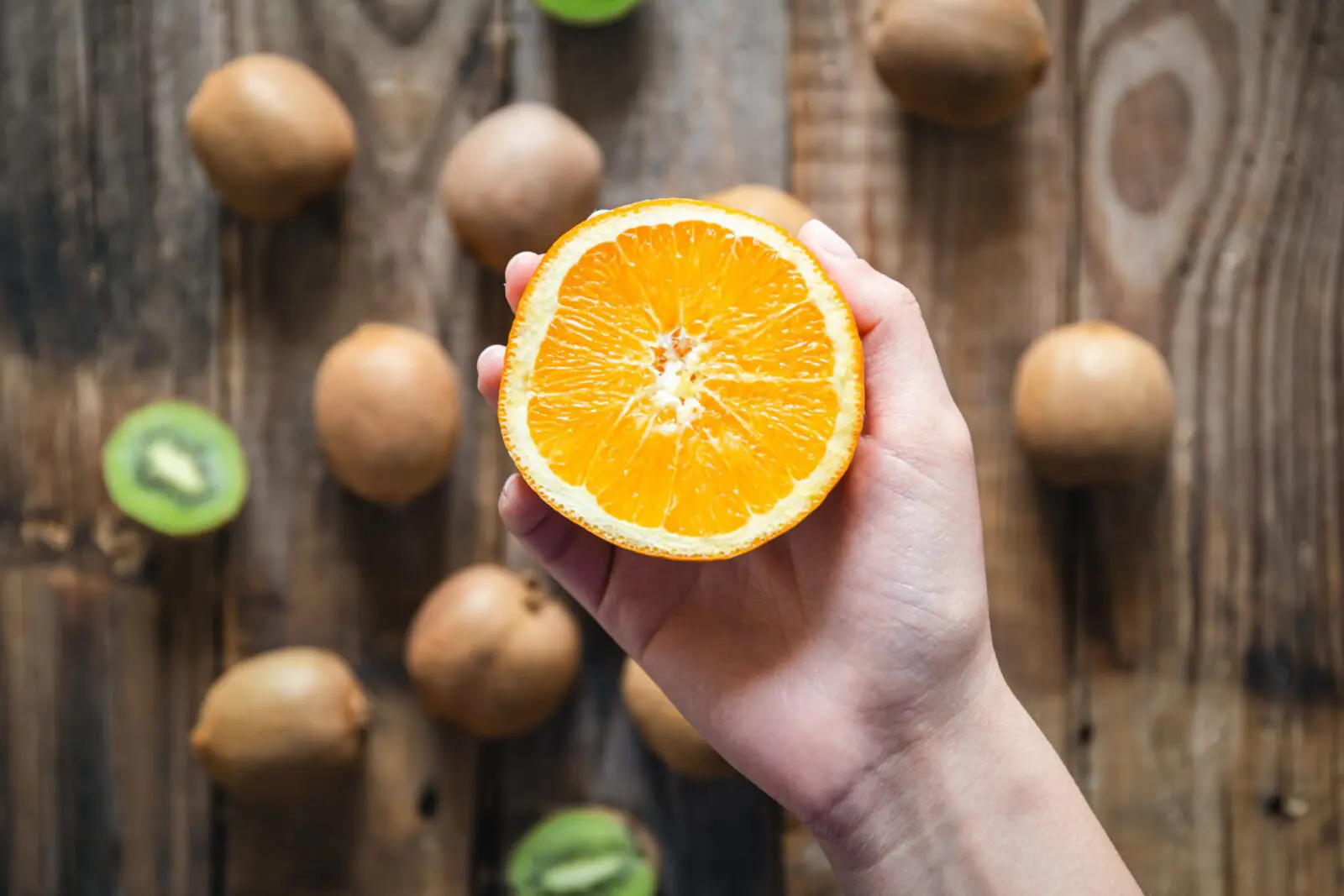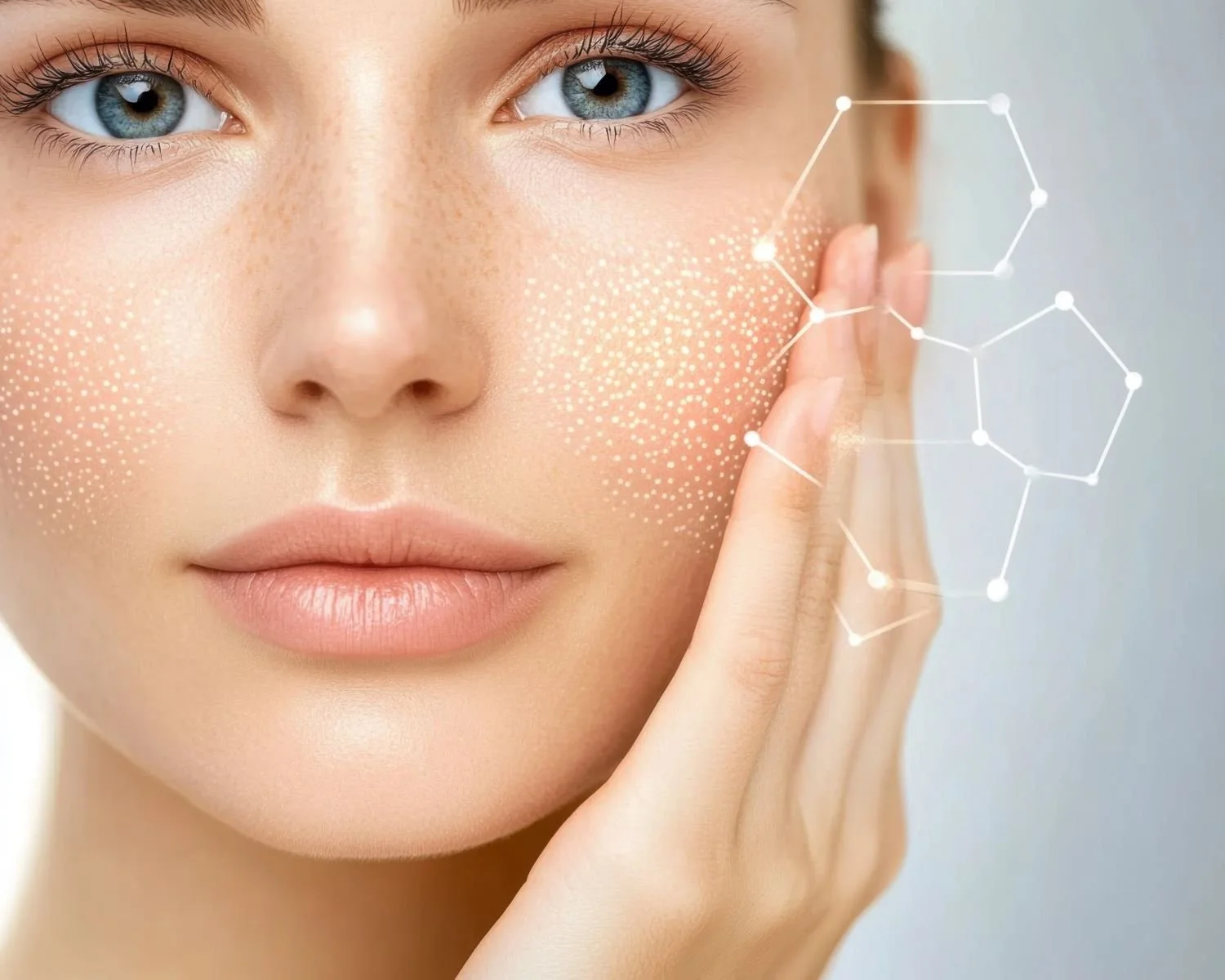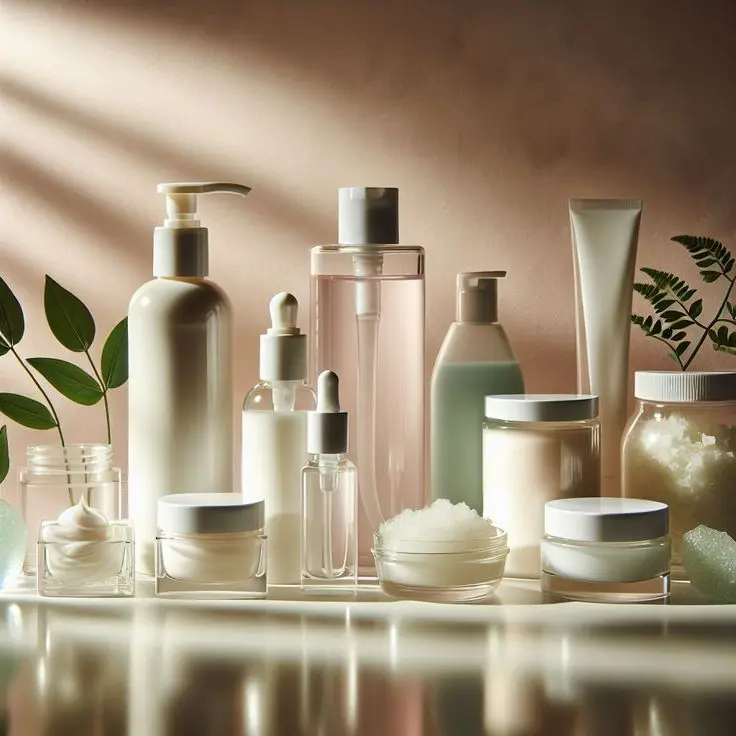Chemical exfoliation has transformed modern skincare—but combining acids still confuses many consumers and even formulators. Among the most popular exfoliants, glycolic acid and mandelic acid offer distinct benefits, molecular behaviors, and irritation thresholds. When used strategically, they can refine texture, promote brightness, and improve barrier function. However, without careful formulation or usage sequencing, this duo can easily tip from effective to aggressive.
Let’s explore what makes these two alpha hydroxy acids unique, how they differ in molecular structure and skin affinity, and the safest ways to use them together in a regimen or formulation.
Understanding Glycolic Acid
Glycolic acid is the smallest and most studied AHA, derived from sugarcane. Its small molecular weight (~76 Da) allows it to penetrate deeply into the stratum corneum and interact with desmosomal bonds between corneocytes. This action promotes exfoliation, accelerates cellular turnover, and enhances the efficacy of subsequent actives such as niacinamide or retinoids (Journal of Cosmetic Dermatology, 2020).
Key functions and properties:
- Promotes desquamation and epidermal renewal
- Helps clear sebum, keratin plugs, and microcomedones
- Reduces dullness, uneven tone, and early fine lines (Dermatologic Surgery, 2018)
- Stimulates dermal glycosaminoglycan synthesis, improving firmness
- Boosts penetration of hydrating or anti-aging actives
- May cause transient erythema or stinging, especially on compromised barriers
Because glycolic acid is more penetrative, it delivers visible results faster but also carries a higher risk of irritation and post-inflammatory hyperpigmentation (PIH) in darker skin tones if overused (Journal of Clinical and Aesthetic Dermatology, 2021). Concentrations from 4–10% are typical for daily-use cosmetics, while chemical peels may range from 20–70% under professional supervision.
Understanding Mandelic Acid
Mandelic acid, derived from bitter almonds, represents one of the most skin-friendly AHAs. Its molecular weight (~152 Da) is roughly double that of glycolic acid, which slows diffusion through the stratum corneum and reduces irritation potential. Mandelic acid’s lipophilicity also allows it to interact gently with sebaceous follicles, making it useful for acne-prone and sensitive skin (International Journal of Cosmetic Science, 2019).
Key functions and properties:
- Provides mild exfoliation with minimal barrier disruption
- Targets uneven pigmentation, post-acne marks, and surface dullness
- Exhibits antibacterial properties against Propionibacterium acnes (Dermatologic Therapy, 2020)
- Helps regulate sebum while maintaining hydration balance
- Suitable for Fitzpatrick skin types IV–VI and reactive skin profiles
Because it acts primarily on the skin’s surface, mandelic acid is ideal for consumers seeking a “starter AHA.” It can be used more frequently than glycolic acid without triggering redness or peeling, especially when paired with barrier-supporting ingredients such as panthenol or ceramides.
Can Glycolic and Mandelic Acid Be Used Together?
Technically, yes—but simultaneous application is rarely recommended outside of professional formulations. Both are exfoliating acids that lower skin pH and disrupt corneocyte cohesion. When layered in the same routine without adequate buffering or barrier support, they can amplify irritation, resulting in itching, redness, peeling, or sensitivity to UV light (Skin Research & Technology, 2022).
Instead of layering, dermatologists and formulators typically alternate their usage to balance efficacy and tolerance.
Practical strategies:
- Alternate-day rotation: Apply glycolic acid one night and mandelic acid the next to sustain exfoliation without cumulative irritation.
- Split-time application: Use glycolic acid in the morning under SPF 50 and mandelic acid at night, allowing recovery between exposures.
- Buffering and support: Combine with humectants such as hyaluronic acid, betaine, or sodium PCA, and restore lipids with niacinamide or squalane-based emollients.
This approach maintains continuous epidermal renewal while minimizing disruption to the stratum corneum and microbiome (Frontiers in Pharmacology, 2021).
Molecular and Formulation Considerations
From a formulation standpoint, the acid dissociation constant (pKa) and pH are critical for activity. Glycolic acid has a pKa of 3.83, meaning formulations at pH 3–4 deliver the strongest exfoliation but may require stabilizers or soothing agents. Mandelic acid’s pKa is 3.41, offering slightly higher activity at a similar pH but with less irritation due to slower penetration (Cosmetics, MDPI, 2022).
Combining them in a single product requires tight control of:
- pH (to prevent excessive protonation)
- concentration ratio (commonly 2:1 or 3:1 glycolic:mandelic for professional peels)
- buffering systems (citric acid, sodium hydroxide, or amino acid derivatives)
- viscosity modifiers that reduce penetration speed (e.g., xanthan gum, cellulose derivatives)
Proper formulation ensures synergistic exfoliation without barrier compromise. Many brands now employ encapsulated or polymer-controlled delivery systems to release acids gradually—enhancing comfort while maintaining performance (Journal of Cosmetic Science, 2020).
Which Is Stronger: Mandelic or Glycolic?
Glycolic acid is undeniably stronger due to its small molecular size and higher diffusion rate. It acts quickly and deeply, effectively renewing both surface and lower epidermal layers. Mandelic acid, on the other hand, stays near the surface, offering a milder, more uniform exfoliation ideal for those prone to inflammation or post-acne pigmentation.
In terms of irritation index, mandelic acid scores significantly lower than glycolic acid, making it preferred for sensitive, rosacea-prone, or ethnic skin. Ultimately, “strength” should not only refer to exfoliation depth but also to compatibility with skin physiology—a factor that determines long-term barrier integrity and user compliance.
Pairing AHAs with Other Actives
When incorporating AHAs into skincare, consider their synergy and potential conflicts with other ingredients:
Compatible pairings:
- Hyaluronic acid, panthenol, and glycerin for hydration
- Niacinamide for barrier reinforcement and tone correction
- Peptides and PDRN derivatives for post-exfoliation repair
- Sunscreens (SPF 30–50) for daily protection (Photodermatology, Photoimmunology & Photomedicine, 2021)
Avoid combining simultaneously with:
- Retinoids (risk of over-exfoliation and irritation)
- Vitamin C in low-pH form (can destabilize and sensitize)
- Benzoyl peroxide or strong exfoliating masks
Layering actives strategically ensures optimal efficacy without inflammation or oxidative stress.
Key Takeaways
- Glycolic acid delivers deeper exfoliation, faster turnover, and anti-aging benefits—but with higher irritation potential.
- Mandelic acid offers gentler exfoliation suitable for sensitive and acne-prone skin, improving tone and clarity.
- Do not layer both acids in the same routine unless the product is specifically formulated for dual use.
- Alternate or split usage between morning and night, maintaining strong barrier care and consistent SPF protection.
- Support recovery with humectants, lipids, and antioxidants to preserve skin health.
When used wisely, glycolic and mandelic acids can coexist beautifully within a regimen or formulation, providing a controlled path to smoother, brighter, and more resilient skin.






